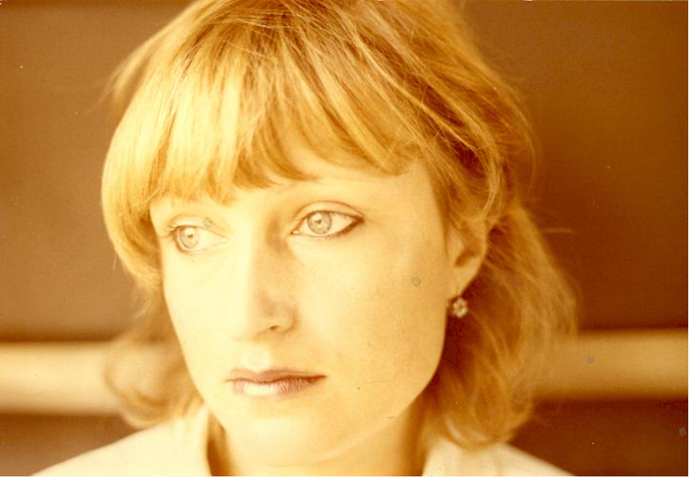
Birgit Jürgenssen
Birgit Jürgenssen was an artist with a diverse body of work that included performance, photography, drawing, and sculpture. Her art was heavily autobiographical, focusing on the female body and its transformation, and was a counter to the male-dominated Viennese Actionism movement.
Biography of Birgit Jürgenssen
Born in Vienna in 1949, Birgit Jürgenssen's artistic ambitions were not nurtured by her family. Instead, she worked as an assistant to other artists, including Arnulf Rainer, and dedicated herself wholeheartedly to teaching art students.
Jürgenssen received her education at the University of Applied Arts, Vienna, from 1968 to 1971. Her initial success came in 1975 when she was invited by the artist Valie Export to participate in the exhibition 'MAGNA-Feminism: Art and Creativity.' At this exhibition, Jürgenssen showcased her work "Housewives' Kitchen Apron" (1975), in which she wore a sculptural apron shaped like an oven.
She actively engaged in discussions concerning gender theories, serving as a lecturer in classes led by Maria Lassnig and later by Arnulf Rainer from 1980 to 1997. Additionally, she worked as a curator, notably at the Wiener Secession in 1994. The artist challenged conventional gender representations, social stereotypes, fetishism, and the forced domestication of women. However, only recently has her work gained recognition.
Galerie Hubert Winter has consistently focused on Jürgenssen's work since 1981 and was entrusted with her Estate after her untimely passing in 2003. Monographs by Gabriele Schor and Abigail Solomon-Godeau have contributed to a better understanding of the breadth and importance of Jürgenssen's artistic practice. Several retrospectives, including those at MAK, the Museum of Applied Arts in Vienna (2004); Sammlung Verbund, Vienna (2009); and the Bank Austria Kunstforum, Vienna (2010-11), have continued to underscore the significance of her work. In 2018, a major retrospective titled 'Birgit Jürgenssen: Ich bin.' opened at the Kunsthalle Tübingen, Germany, before traveling to the GAMeC Museum, Bergamo, Italy (2019), and the Louisiana Museum, Humlebaek, Denmark (2019).
During her lifetime, Birgit Jürgenssen's art remained relatively unknown to the wider public. Her substantial impact on the art movement of her era is finally receiving the recognition it deserves, with Jürgenssen's name now mentioned alongside influential figures such as Louise Bourgeois, Francesca Woodman, and Cindy Sherman.
Birgit Jürgenssen's Art Style
In her early works, from 1974 to 1976, the artist depicted the plight of the imprisoned housewife, merging with the everyday objects she used. Later, she portrayed a woman who progressively concealed herself, wearing furs, masks, and disguises, seemingly reduced to a fetish, as if descending into an animal world driven by survival instincts. Masked to the extent of being unable to speak or even breathe, crying while displaying a smile, this woman symbolized the violence inflicted upon her by society.
Jürgenssen frequently employed her own body to critique the social and cultural mechanisms responsible for the female condition. Her ironic approach allowed her to create works that deviated from rigid forms of feminism. Her work drew inspiration from Freudian concepts and certain Surrealist artists, particularly Meret Oppenheim. She explored and analyzed the fetishism linked to the representation of femininity in its supreme stereotype.
Years:
Born in 1949
Country:
Austria, Vienna